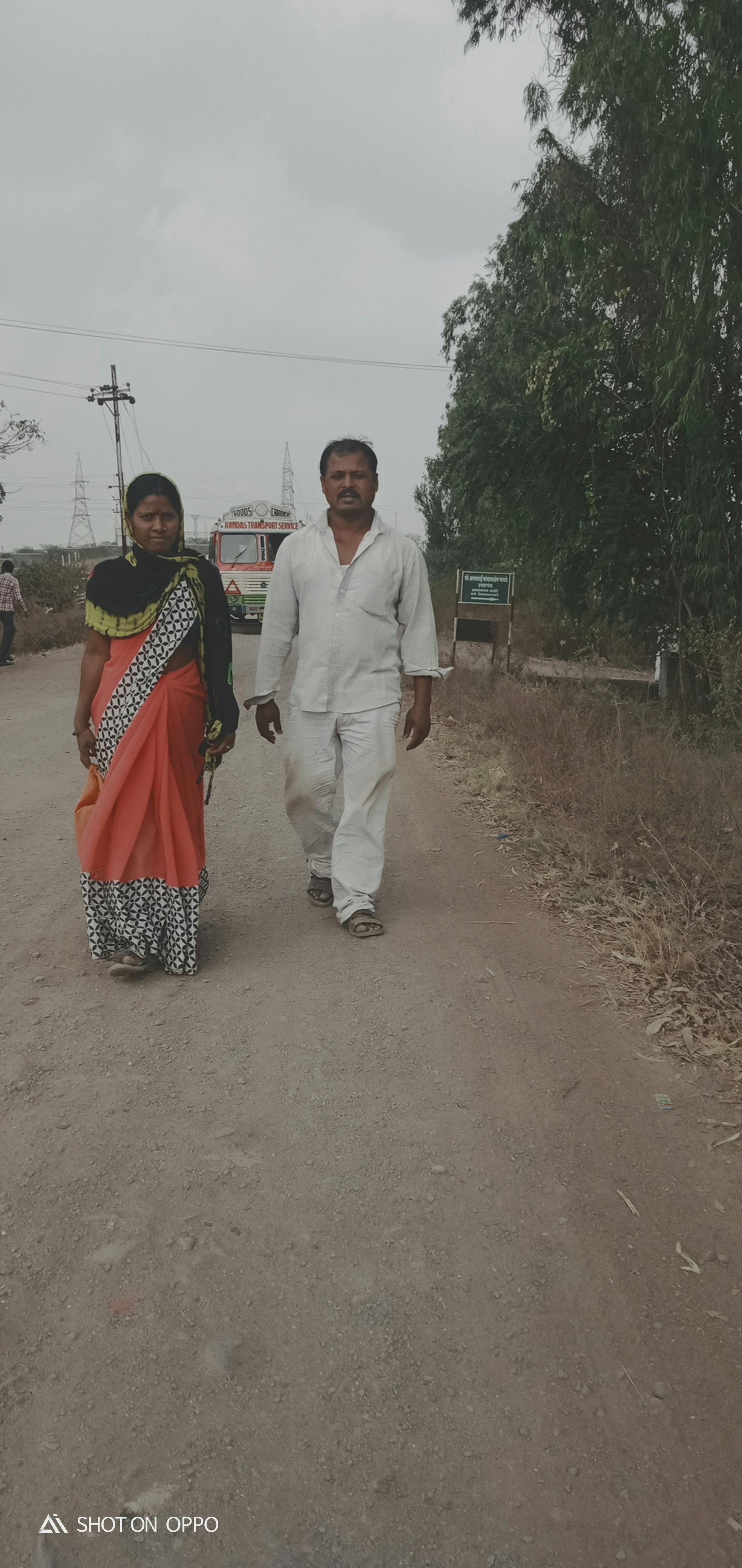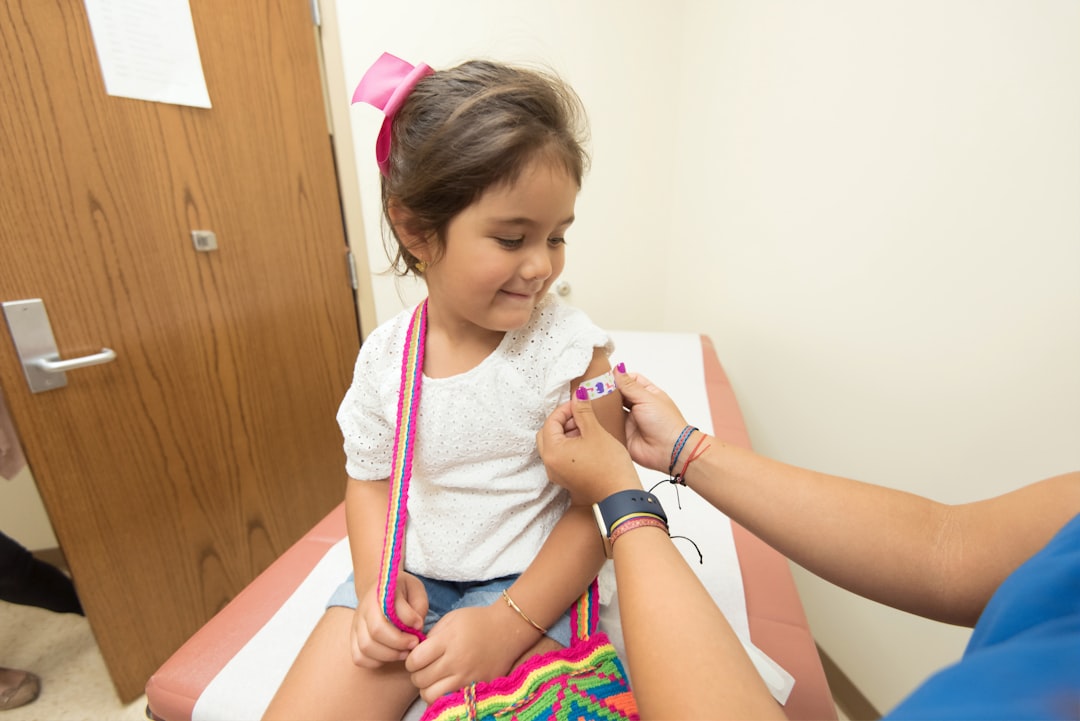Step into a world where ancient wisdom meets modern wellness. For millennia, cultures across the globe have harnessed the power of nature to heal, prevent illness, and promote well-being. This profound connection to the earth’s bounty has given rise to diverse traditional medicine systems, each with its unique pharmacopeia of natural ingredients.
From the dense rainforests of the Amazon to the vast plains of Africa and the towering mountains of Asia, every region tells a story of indigenous knowledge passed down through generations. This article will take you on a fascinating journey, exploring the key traditional medicinal ingredients from various countries and the rich heritage they represent. You’ll discover the botanical wonders that have shaped health practices worldwide and gain a deeper appreciation for the intricate relationship between humanity and the natural world.
Asia’s Ancient Wisdom: Herbs and Fungi
Asia is a cradle of some of the world’s oldest and most sophisticated traditional medicine systems, including Traditional Chinese Medicine (TCM) and Ayurveda. These systems rely heavily on a vast array of plant, animal, and mineral ingredients, with a strong emphasis on balance and harmony within the body.
Traditional Chinese Medicine (TCM) Staples
TCM boasts a pharmacopeia of thousands of ingredients, but a few stand out for their widespread use and historical significance. These ingredients are often used in complex formulas tailored to individual needs.
- Ginseng (人參, Panax ginseng): Revered as the “king of herbs,” ginseng is famous for its adaptogenic properties, believed to boost energy, enhance cognitive function, and support overall vitality. It’s often used to combat fatigue and stress.
- Lingzhi (靈芝, Ganoderma lucidum): Also known as Reishi mushroom, Lingzhi is prized for its immune-modulating effects and its role in promoting longevity. It’s often consumed as a tea or extract.
- Goji Berry (枸杞子, Lycium barbarum): These small red berries are celebrated for their antioxidant properties and are commonly used to support eye health, liver function, and immune response. They can be found in teas, soups, and snacks.
Ayurvedic Essentials from India
Ayurveda, meaning “the science of life,” is an ancient Indian system of medicine that focuses on holistic health. Its remedies often involve herbs, spices, and dietary practices to balance the body’s doshas (energies).
- Turmeric (Curcuma longa): More than just a spice, turmeric is a cornerstone of Ayurvedic medicine, renowned for its powerful anti-inflammatory and antioxidant properties. Its active compound, curcumin, is widely studied.
- Ashwagandha (Withania somnifera): An adaptogenic herb, Ashwagandha is used to reduce stress, improve energy levels, and enhance cognitive function. It’s often called “Indian Ginseng.”
- Neem (Azadirachta indica): Every part of the neem tree is valued in Ayurveda for its purifying and detoxifying properties. It’s used for skin conditions, dental health, and as an insect repellent.

African Ethnobotany: Nature’s Pharmacy
Africa’s diverse ecosystems have fostered a rich tradition of ethnobotany, where indigenous communities have long relied on local flora for healing. Traditional African medicine is deeply intertwined with spiritual beliefs and community practices.
South African Healing Plants
The Fynbos biome of South Africa is particularly rich in medicinal plants, many of which are now gaining international recognition.
- Rooibos (Aspalathus linearis): This caffeine-free herbal tea is not only a popular beverage but also valued for its antioxidant properties and potential benefits for digestion and skin health.
- Devil’s Claw (Harpagophytum procumbens): Native to the Kalahari Desert, the roots of Devil’s Claw are traditionally used for pain relief, particularly for arthritis and joint inflammation.
West African Medicinal Trees
Trees play a significant role in West African traditional medicine, providing a wide range of therapeutic compounds.
- Moringa (Moringa oleifera): Often called the “miracle tree,” Moringa leaves are highly nutritious and used for their anti-inflammatory, antioxidant, and anti-diabetic properties.
- Baobab (Adansonia digitata): The fruit pulp of the Baobab tree is rich in Vitamin C and fiber, traditionally used to boost immunity and support digestive health.
Americas’ Indigenous Remedies: From Rainforest to Plains
The indigenous peoples of the Americas have an unparalleled understanding of their local ecosystems, leading to the discovery and use of countless medicinal plants. Their knowledge is a vital part of global ethnobotanical heritage.
Amazonian Botanical Treasures
The Amazon rainforest is a biodiversity hotspot, home to an astonishing number of plants with medicinal properties, many of which are still being studied.
- Quinine (Cinchona officinalis): Derived from the bark of the Cinchona tree, quinine was historically used by indigenous communities to treat fevers and later became the first effective treatment for malaria.
- Cat’s Claw (Uncaria tomentosa): This woody vine, named for its thorn-like hooks, is used for its anti-inflammatory and immune-boosting properties, particularly for digestive and joint health.

North American Native Plant Lore
Native American tribes have long utilized the plants of their regions for healing, developing sophisticated knowledge of their therapeutic uses.
- Echinacea (Echinacea purpurea): Widely used today, Echinacea was traditionally employed by various tribes to treat infections, colds, and flu, and to boost the immune system.
- Goldenseal (Hydrastis canadensis): Known for its antimicrobial properties, Goldenseal was used for digestive issues, skin infections, and as an eyewash.
European Folk Medicine: Herbal Heritage
European folk medicine, though often less formally codified than Asian systems, boasts a rich history of herbal remedies passed down through generations. Many common garden herbs have deep roots in traditional healing practices.
Mediterranean Herbs
The Mediterranean climate is ideal for growing aromatic herbs, many of which have been used for both culinary and medicinal purposes for centuries.
- Olive Leaf (Olea europaea): Beyond the fruit and oil, olive leaves are used for their antioxidant and anti-inflammatory properties, traditionally for blood pressure and immune support.
- Thyme (Thymus vulgaris): A common culinary herb, thyme is also valued for its antiseptic and expectorant properties, often used for respiratory ailments like coughs and bronchitis.
Northern European Botanicals
The cooler climates of Northern Europe have their own unique set of medicinal plants, often used for their calming or immune-boosting effects.
- Elderflower/Elderberry (Sambucus nigra): Both the flowers and berries of the elder tree are used, with elderflower for colds and flu, and elderberry for its antiviral properties.
- St. John’s Wort (Hypericum perforatum): This flowering plant has a long history of use for mood support and nerve pain, though it requires careful use due to potential drug interactions.
The Science Behind Tradition: Modern Validation
While traditional medicine systems have been practiced for centuries, modern science is increasingly exploring the active compounds and mechanisms behind these ancient remedies. This intersection of tradition and research is vital for understanding and preserving this invaluable knowledge.
Research and Development in Ethnomedicine
Pharmacologists and botanists worldwide are studying traditional medicinal plants to identify their active constituents and validate their therapeutic claims. This research often leads to the discovery of new drugs or a better understanding of existing ones.
For instance, the discovery of artemisinin from the Chinese herb Artemisia annua (sweet wormwood) for malaria treatment is a prime example of traditional knowledge leading to a Nobel Prize-winning modern medicine. This ongoing research highlights the potential of traditional remedies to address contemporary health challenges.

Sustainability and Ethical Sourcing Challenges
The growing global interest in traditional medicine also brings challenges, particularly concerning sustainability and ethical sourcing. Over-harvesting of wild plants can endanger species and disrupt ecosystems. Ensuring fair trade and benefit-sharing with indigenous communities is also paramount.
Organizations like the World Health Organization (WHO) advocate for sustainable practices and the integration of traditional medicine into national health systems, emphasizing safety, efficacy, and quality. You can learn more about global strategies for traditional medicine here.
A Glimpse into the Global Pharmacy
To illustrate the diversity and common applications of traditional medicinal ingredients, here’s a simplified overview:
| Region | Key Ingredient | Traditional Use |
|---|---|---|
| Asia (China) | Ginseng | Energy, vitality, adaptogen |
| Asia (India) | Turmeric | Anti-inflammatory, antioxidant |
| Africa (South) | Rooibos | Antioxidant, digestive aid |
| Americas (Amazon) | Quinine | Fever reduction, malaria |
| Americas (North) | Echinacea | Immune support, colds |
| Europe (Mediterranean) | Thyme | Respiratory ailments, antiseptic |
Conclusion: A Legacy of Natural Healing
The world of traditional medicine is a testament to humanity’s enduring quest for health and harmony with nature. From the ancient practices of Asia to the rich ethnobotany of Africa and the Americas, and the folk wisdom of Europe, each region offers unique insights into the healing power of plants and other natural resources.
As travelers, understanding these traditional remedies not only enriches our appreciation for diverse cultures but also highlights the importance of sustainable practices and respecting indigenous knowledge. While fascinating, it’s crucial to remember that traditional remedies should be approached with respect and, when considering personal use, in consultation with qualified healthcare professionals.
Embark on Your Own Journey of Discovery!
What traditional medicinal ingredients have you encountered or learned about during your travels? Share your experiences and insights in the comments below!
For further reading on the fascinating world of traditional medicine, consider exploring resources from reputable organizations:
- The National Center for Complementary and Integrative Health (NCCIH) provides evidence-based information on various complementary health approaches: NCCIH Herbs at a Glance
- The World Health Organization (WHO) has a dedicated strategy for traditional medicine, emphasizing its role in global health: WHO Traditional, Complementary and Integrative Medicine
